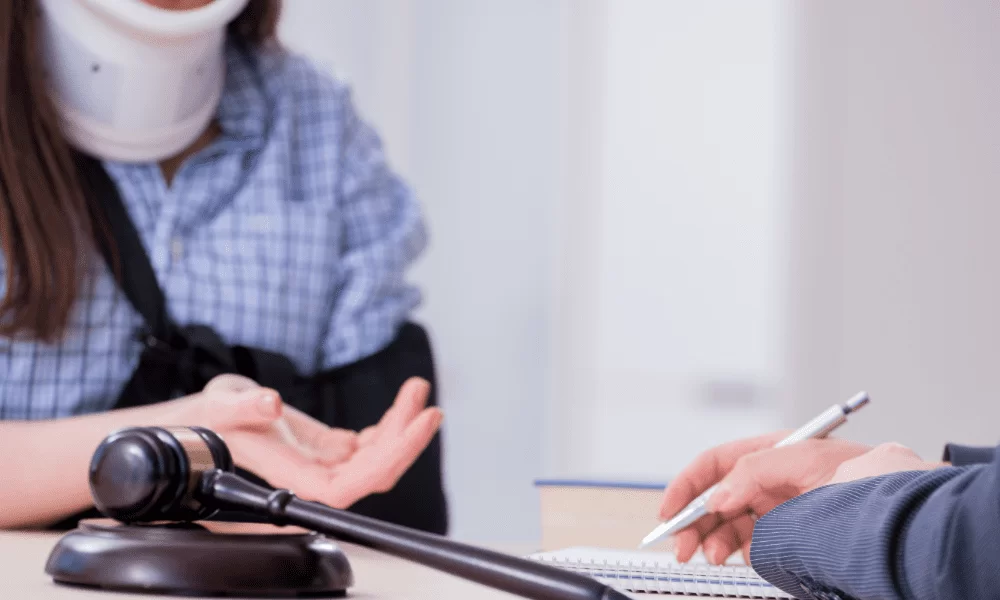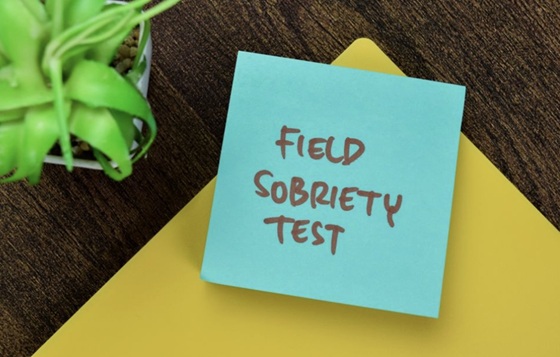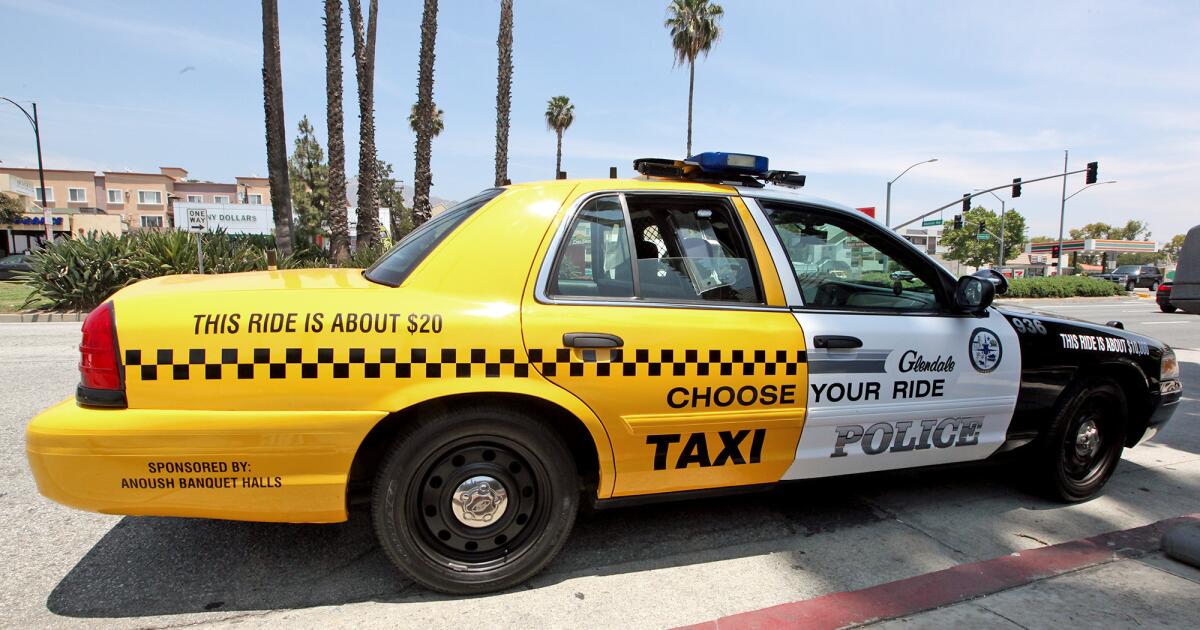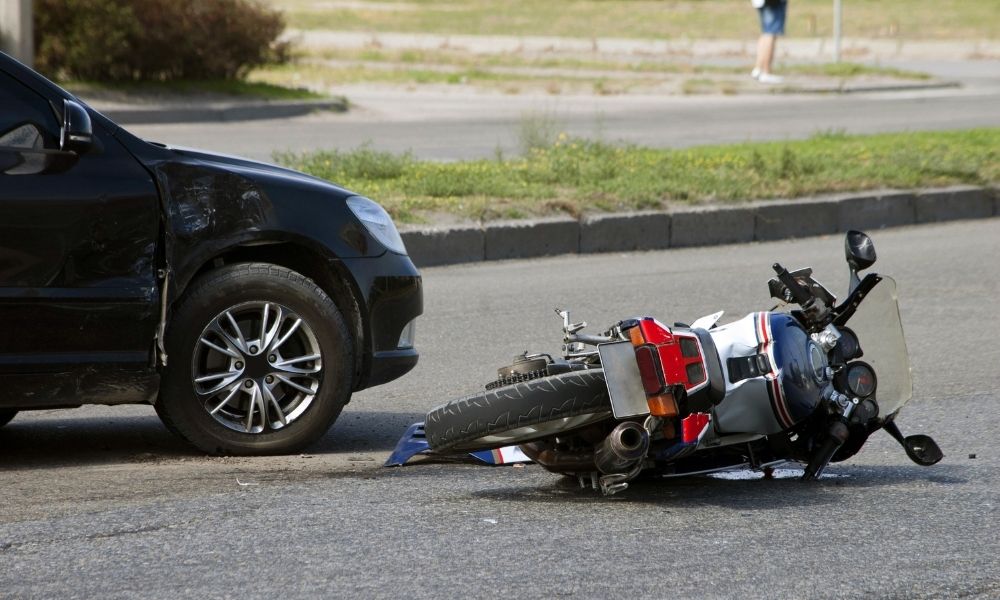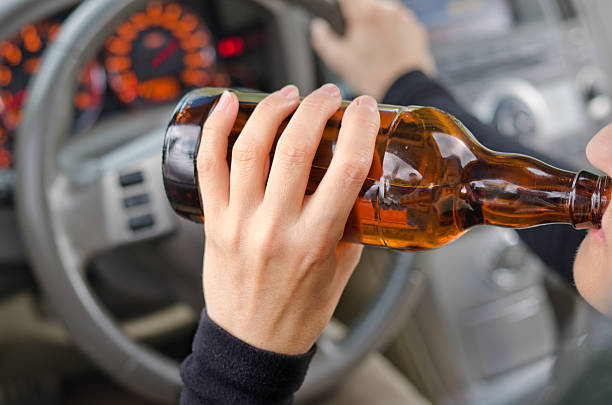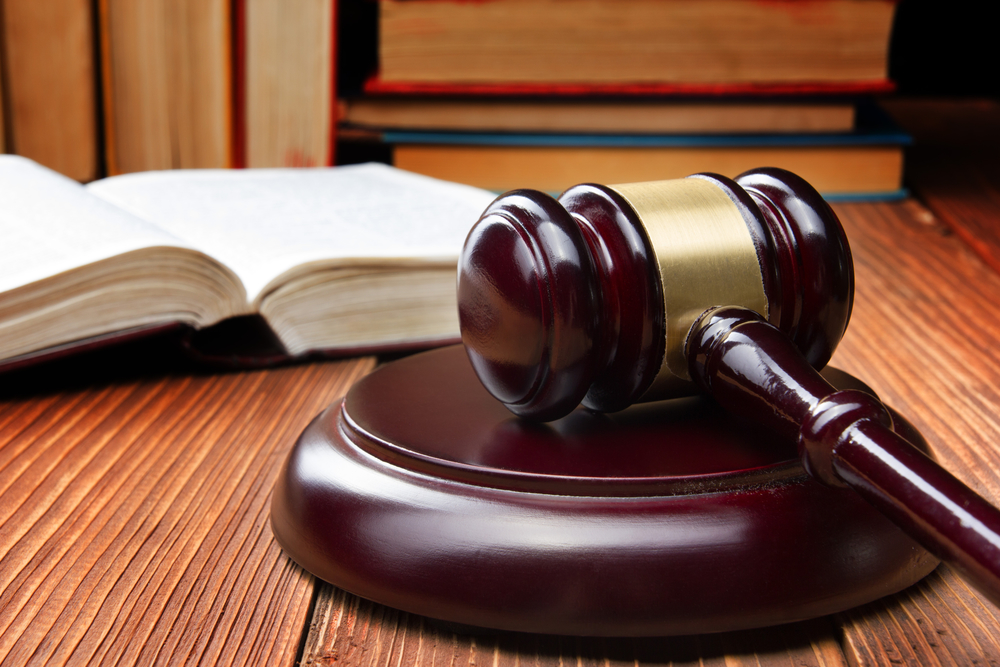Crosswalk injury cases require specialized legal strategies that address complex right-of-way laws, signal timing analysis, and intersection design standards. A Utah Pedestrian Accident Attorney must rapidly secure traffic engineering reports, surveillance footage, and witness testimony. At the same time, pedestrian victims focus on recovering from traumatic injuries sustained in these high-impact collisions.
Signal timing investigations
Traffic signal timing becomes crucial evidence in crosswalk accident cases, as insufficient pedestrian crossing time often contributes to accidents involving elderly or disabled individuals who cannot traverse intersections before signals change. Attorneys obtain traffic engineering records documenting signal phases, walk times, and clearance intervals to determine whether intersections provide adequate crossing opportunities for pedestrians with varying mobility levels. These investigations frequently reveal that intersections fail to meet federal accessibility guidelines for crossing times, creating municipal liability when inadequate signal timing forces pedestrians into dangerous situations. Traffic engineers calculate required crossing times based on intersection width and average walking speeds, with violations creating strong negligence claims against government entities responsible for intersection safety.
Crosswalk design analysis
Municipal crosswalk design standards encompass visibility requirements, marking specifications, and lighting adequacy that directly impact pedestrian safety. Attorneys collaborate with traffic engineering experts to evaluate whether crosswalk placement, signage, and pavement markings meet current safety standards or contributed to driver failure to notice crossing pedestrians. Professional legal guidance after being hit while walking in Utah includes analysis of intersection geometry, sight line obstructions, and Americans with Disabilities Act compliance that affects crosswalk accessibility. Poorly designed intersections with inadequate visibility, missing handicap ramps, or confusing signal placement create additional liability sources beyond driver negligence that experienced attorneys pursue to maximize client compensation.
Driver duty establishment
- Yielding obligations – Drivers must yield right-of-way to pedestrians lawfully within crosswalks, regardless of signal timing or crossing speed
- Lookout requirements – Vehicle operators have continuing duties to watch for pedestrians and react appropriately to avoid collisions
- Speed adjustments – Drivers must reduce speeds in areas with heavy pedestrian traffic and maintain the ability to stop for crossing pedestrians
- Distraction elimination – Cell phone use, eating, and other distracting activities create negligence when drivers fail to notice crosswalk pedestrians
Legal professionals establish clear driver duties through traffic law citations, expert testimony, and accident reconstruction evidence demonstrating how reasonable drivers would have avoided collisions through proper attention and speed control.
Municipal liability pursuit
Government entities face liability when crosswalk design defects, maintenance failures, or inadequate traffic control devices contribute to pedestrian accidents. These claims require specialised procedures, including notice requirements, sovereign immunity analysis, and government claim protocols that differ substantially from standard insurance claims against private parties. Attorneys must identify specific design standards, maintenance obligations, and safety requirements that government entities violated through inadequate crosswalk construction or maintenance. Traffic engineering experts provide testimony about industry standards for crosswalk visibility, signal timing, and intersection design that establish municipal negligence when accidents result from substandard infrastructure conditions.
Medical coordination strategies
- Immediate trauma care – Crosswalk accidents often cause severe injuries requiring emergency surgery, intensive care, and multiple medical specialists.
- Rehabilitation planning – Physical therapy, occupational therapy, and mobility training become essential for recovery from pedestrian trauma.
- Psychological support – Mental health treatment addresses trauma, anxiety, and depression following life-threatening pedestrian accidents.
- Long-term care needs – Permanent disabilities may require ongoing medical monitoring, adaptive equipment, and personal care assistance.
- Expert medical testimony – Physicians provide crucial evidence about injury causation, treatment necessity, and future medical requirements.
A successful crosswalk injury case requires immediate evidence preservation, traffic engineering analysis, care, and long-term rehabilitation while pursuing all liability sources, including negligent drivers and government agencies.

